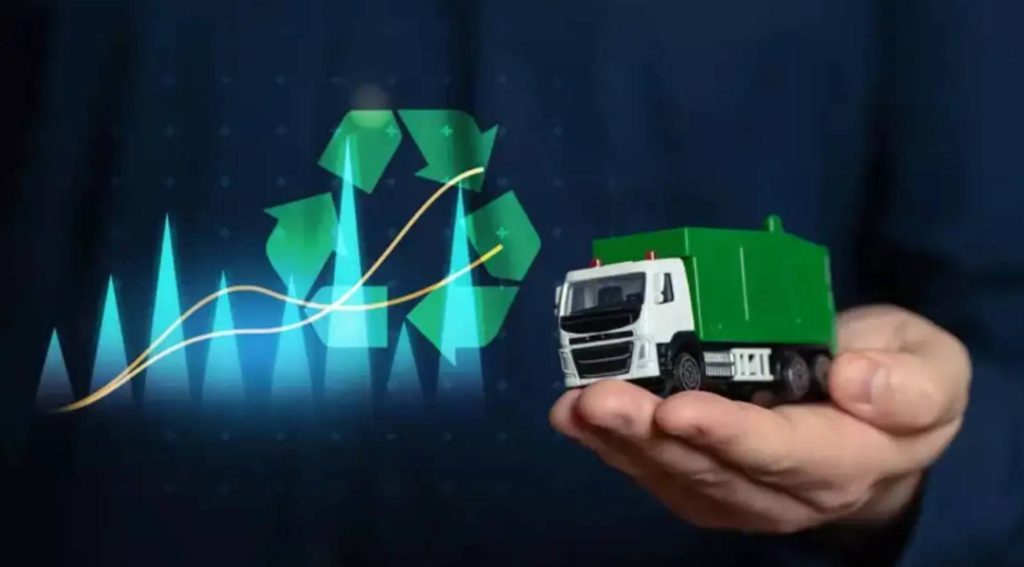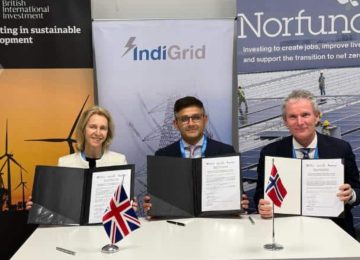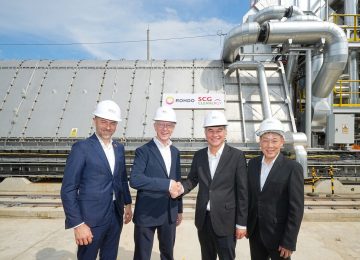Global energy investment is projected to reach an unprecedented $3.3 trillion in 2025, with clean energy technologies attracting double the capital of fossil fuels, according to a new IEA report.
The surge reflects a heightened focus on energy security, evolving industrial policies, and the increasing cost-competitiveness of electricity-based solutions.
Investment in clean energy, encompassing renewables, nuclear, grids, storage, and efficiency measures, is set to hit a record $2.2 trillion this year. This signifies a significant shift in the global energy landscape, as investment in fossil fuels is expected to reach $1.1 trillion.
China has solidified its position as the world’s leading energy investor, spending twice as much as the European Union and nearly as much as the EU and United States combined. Its strategic investments span solar, wind, hydropower, nuclear, batteries, and electric vehicles.
Meanwhile, energy demand in India is growing rapidly with major implications for the global energy market.
According to a new IEA report, the government of India has made remarkable progress in providing access to electricity and clean cooking while implementing a range of energy market reforms and integrating a high share of renewable energy sources into the grid.
India, with a population of 1.40 billion and a fast-growing economy, has seen its energy demand increasing rapidly as the country continues to urbanize and the manufacturing sector develops.
The growing demand is met through various energy sources, with coal set to remain the largest source of energy supply. India also continues to develop the institutional framework needed to attract the investment required to satisfy this growing energy need.
IEA said that electricity security has improved through the creation of one national power system and major investments in clean energy. India is now working on integrating higher shares of variable renewable energy into the energy mix.
India has also been prioritizing access to electricity and clean cooking. Progress in both has been remarkable: 700 million people gained access to electricity since 2000, and 80 million new LPG connections for clean cooking were created.
Globally, solar PV is leading the charge in clean energy investment, projected to reach $450 billion in 2025, making it the largest single investment item globally. Investment in battery storage is also rapidly climbing, expected to exceed $65 billion.
While clean energy dominates new investments, concerns remain regarding grid infrastructure. Investment in grids, at $400 billion annually, is struggling to keep pace with generation and electrification, posing potential challenges for electricity security.
Furthermore, many developing economies, particularly in Africa, continue to face significant challenges in mobilizing capital for energy infrastructure. Moreover, both real and perceived risks continue to influence investor attractiveness. A significant concern is off-taker risk, stemming from the inability of distribution companies (DISCOMs) to fully and timely compensate generation companies.
For example, as of March 2025, DISCOMs in India reportedly owed over $9 billion in unpaid dues, with their accumulated losses reaching a staggering $75 billion in 2023.
Another critical challenge is the inadequacy of transmission infrastructure, which has currently impeded the integration of 60 GW of renewable capacity across the country.
Despite these challenges, India’s proactive policies and growing clean energy investments underscore its unwavering commitment to sustainable energy development and its pivotal role in the global energy transition, the IEA said in the report.












